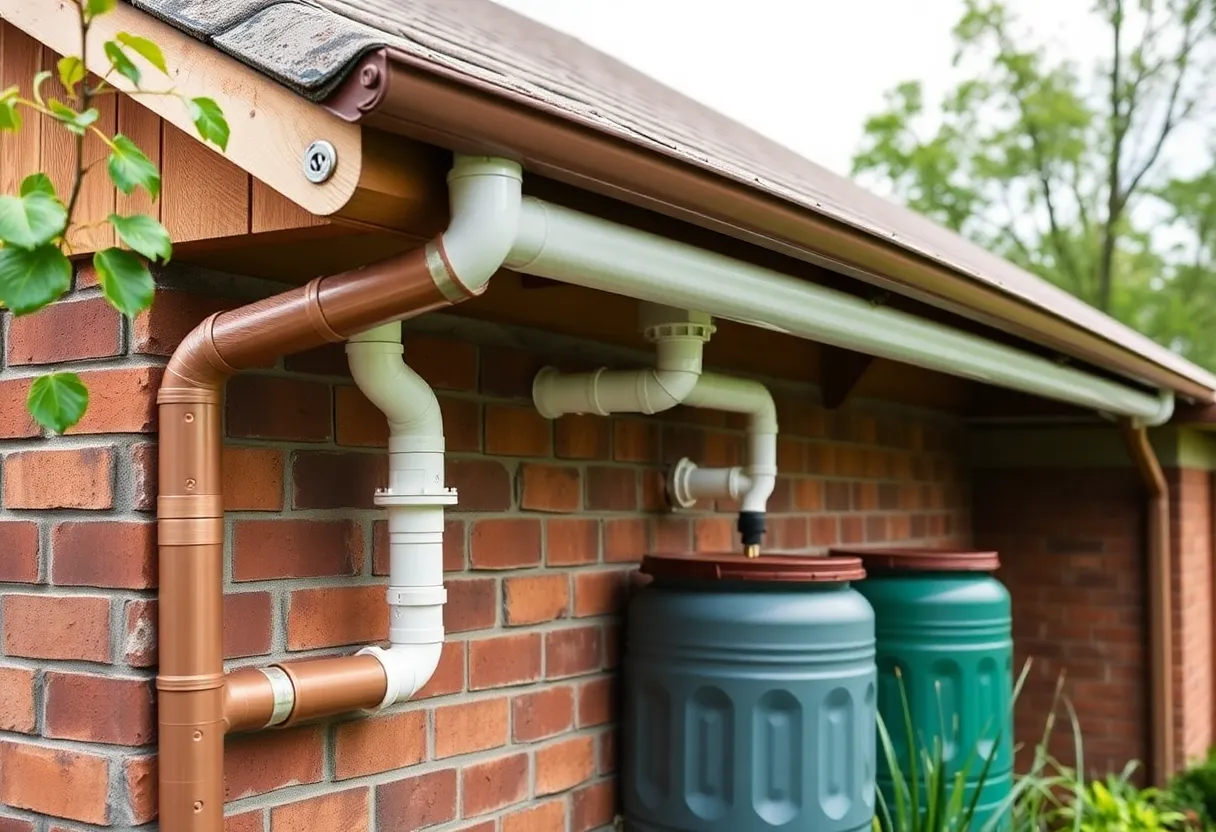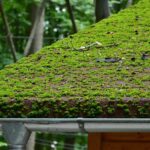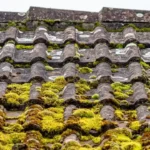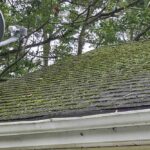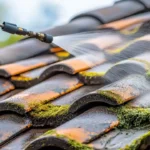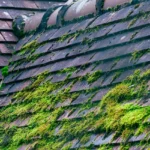Managing water flow on your roof is crucial for maintaining the integrity of your home. With the right roof drainage solutions, you can prevent water damage and extend the lifespan of your roof. This article explores various roof drainage systems and offers practical tips for homeowners.
Roof drainage solutions are essential to protect your home from water-related issues. Whether you live in an area with heavy rainfall or occasional showers, having an efficient drainage system is vital. In the following sections, we will explore different types of drainage systems and their benefits.
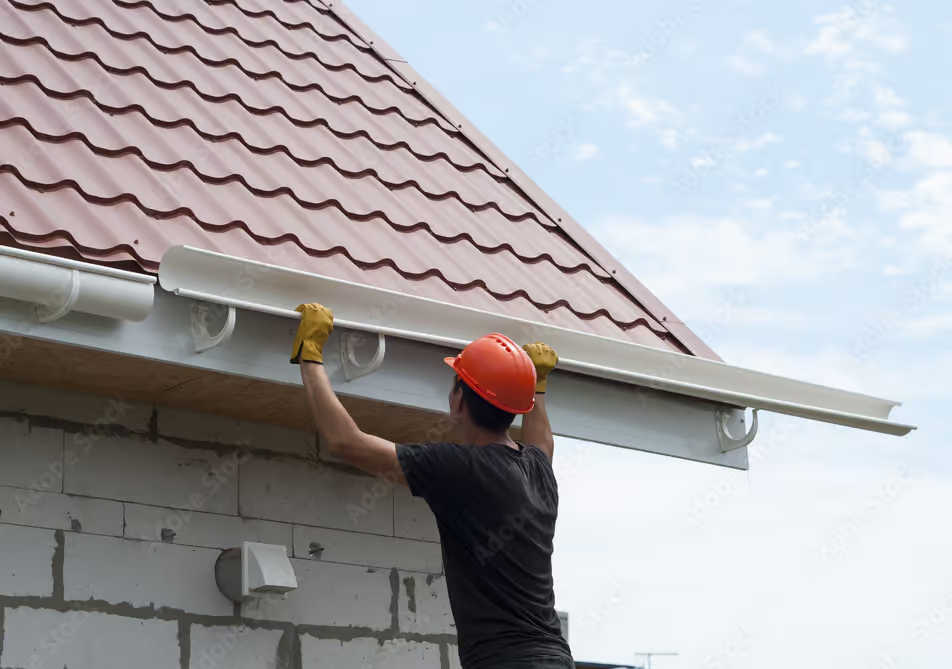
Understanding the Importance of Roof Drainage
Proper roof drainage is crucial for preventing water accumulation, which can lead to a host of problems such as leaks, mold, and structural damage. Without a reliable drainage system, water can pool on the roof, causing it to weaken over time.
Common Problems Caused by Poor Drainage
Poor drainage can result in numerous issues, including:
- Roof leaks
- Water damage to the interior
- Foundation problems
- Mold and mildew growth
- Shortened lifespan of the roofing material
Addressing these issues early is key to maintaining a healthy home environment.
Types of Roof Drainage Systems
There are several types of roof drainage systems that homeowners can consider:
Gutter Systems
Gutters are one of the most common drainage solutions. They collect rainwater from the roof and direct it away from the home’s foundation. Regular maintenance, including cleaning and repairs, is necessary to keep gutters functioning properly. Learn more about downspout repair to ensure your system is in top condition.
Downspouts
Downspouts are vertical pipes that carry water from the gutters to the ground. They must be positioned correctly to prevent water from pooling near the foundation. The length and size of downspouts depend on your roof’s size and slope.
Scuppers
Scuppers are openings in the walls or parapets of flat roofs that allow water to drain off. They are often used in combination with other drainage systems to enhance efficiency.
Internal Drains
Internal drains are installed within the roof structure and are ideal for flat roofs. They collect water and channel it through internal pipes to the ground. This system is particularly beneficial in areas with heavy rainfall.
Choosing the Right Roof Drainage Solution
Selecting the appropriate drainage solution depends on several factors, including:
- Roof type and slope
- Local climate conditions
- Building design
- Budget
Consulting with a roofing professional can help determine the best system for your home.
Considerations for Flat Roofs
Flat roofs require special attention due to their minimal slope. Effective drainage solutions for flat roofs include scuppers and internal drains. Learn more about cleaning clay tiles on roofs to maintain their efficiency.
Considerations for Sloped Roofs
Sloped roofs typically use gutters and downspouts for drainage. Ensuring that these components are free from debris is crucial for optimal performance. Regular inspections can help identify issues early. Check out our roof inspection checklist for more guidance.
Maintaining Your Roof Drainage System
Regular maintenance is key to keeping your roof drainage solutions effective. Here are some tips:
- Inspect gutters and downspouts for clogs and damage
- Remove debris regularly
- Check for leaks and repair them promptly
- Ensure that downspouts are directed away from the foundation
By staying proactive, you can prevent costly repairs and extend the life of your roof.
Professional Maintenance Services
While DIY maintenance is possible, hiring a professional can provide peace of mind. Professionals can identify potential issues that may be overlooked by homeowners.
Conclusion
Investing in the right roof drainage solutions is essential for protecting your home from water damage. Understanding the different systems available and maintaining them regularly will ensure your home’s longevity. For more detailed guidance, consider reading about roof drainage systems from industry experts.
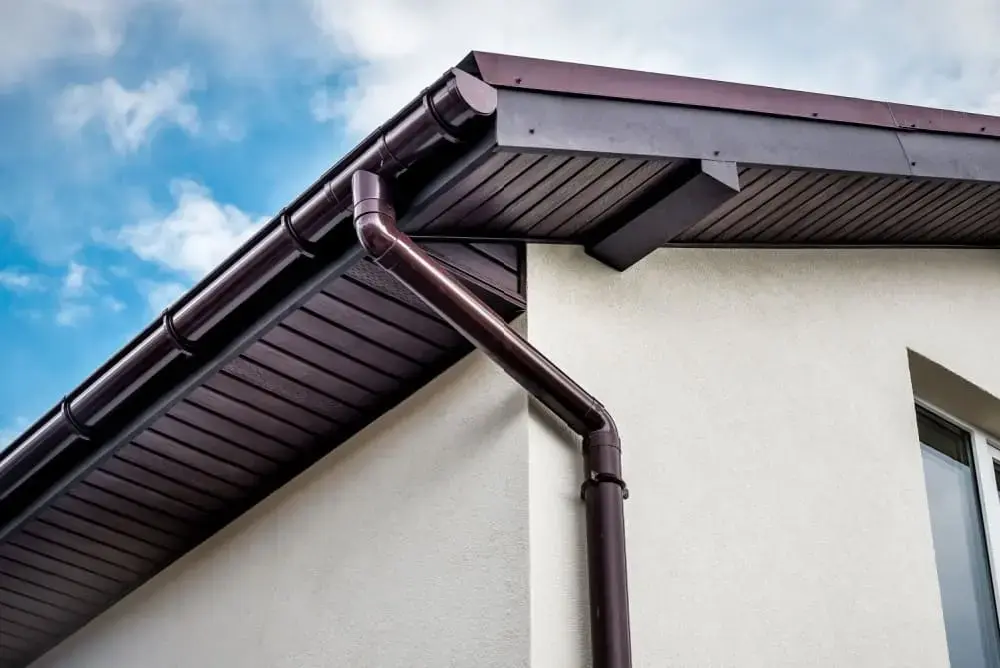
Frequently Asked Questions
What is the best drainage solution for a flat roof?
Scuppers and internal drains are ideal for flat roofs as they efficiently manage water flow.
How often should I clean my gutters?
It’s recommended to clean gutters at least twice a year, in spring and fall, to prevent clogs and ensure proper drainage.
Can I install a roof drainage system myself?
While some systems can be installed DIY, it’s best to consult with a professional for complex systems to ensure proper installation and avoid potential issues.
This article contains affiliate links. We may earn a commission at no extra cost to you.



